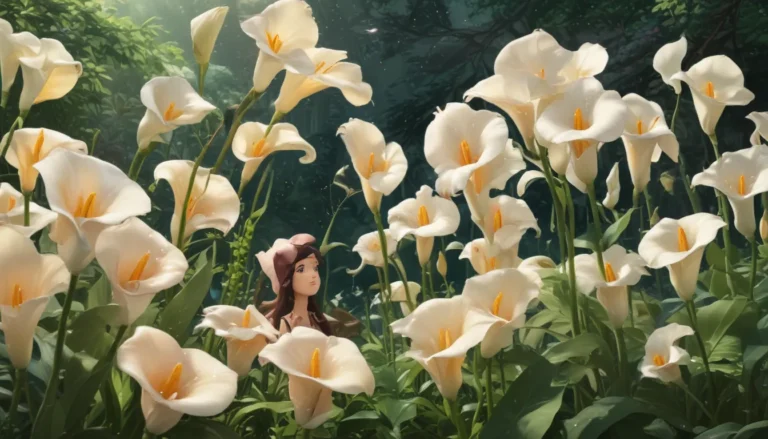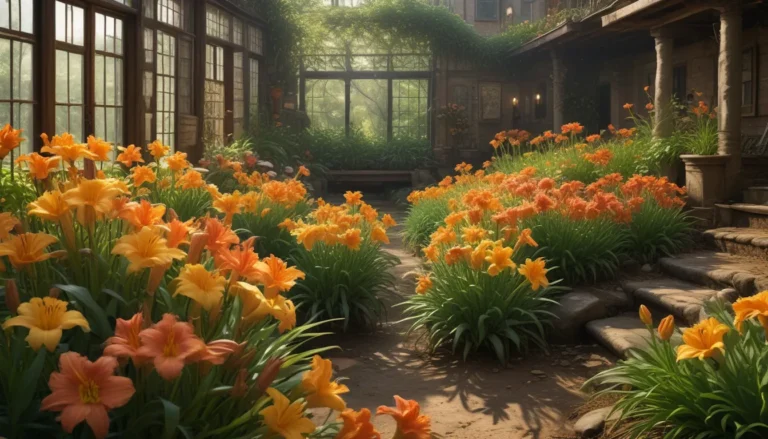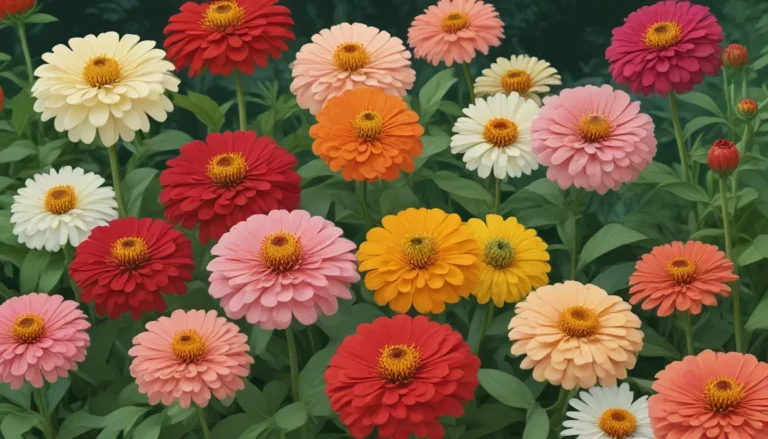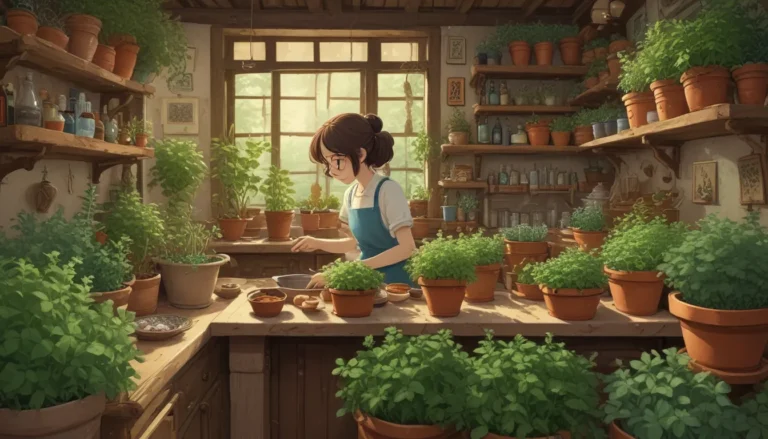Growing and Caring for Russian Sage: An In-Depth Guide

Russian sage, scientifically known as Salvia yangii, is a captivating flowering perennial that has recently been reclassified within the Salvia genus. With its lavender-like appearance and sage-like aroma, this mint family plant is a popular choice for ornamental gardens in USDA Hardiness Zones 3 to 9.
Are you ready to introduce this elegant and fragrant plant into your garden? In this comprehensive guide, we will cover everything you need to know about growing and caring for Russian sage. From cultivation and history to propagation and maintenance, we will explore various aspects of tending to this stunning plant.
What Is Russian Sage?
Russian sage is a semi-woody flowering perennial that belongs to the mint family, Lamiaceae. It boasts distinctive green-gray aromatic leaves and eye-catching blue-purple flowers that grow in pairs on showy panicles. Despite its common name, Russian sage is native to Central and Southwest Asia, not Russia.
With its rich history, pleasant scent, and ornamental value, Russian sage has become a treasured addition to many gardens. While the plant has traditional medicinal uses and potential applications in phytoremediation, it is primarily admired for its beauty and fragrance.
Cultivation and History
Originally known as Perovskia atriplicifolia, Russian sage was officially reclassified as Salvia yangii in 2017 to align it with the Salvia genus. Named after Russian naturalist Grigory Karelin and Imperial Russian General Vasily Perovsky, this plant has a deep-rooted history that dates back to the 19th century.
Throughout its journey from Central Asia to Western gardens, Russian sage has gained popularity among gardeners and horticulturists, earning distinctions such as the Plant of the Year by the Perennial Plant Association.
Russian Sage Propagation
Propagating Russian sage can be done through seeds, stem cuttings, or division of mature plants. By following specific techniques such as cold stratification for seeds and proper care for cuttings, you can successfully propagate this plant to grow in your garden.
From Seed
Starting Russian sage from seeds involves cold stratification to promote germination. Once seeds have sprouted, they can be transplanted into pots or directly into the garden. With the right conditions and care, seed-grown plants will bloom in their second year.
From Cuttings
Taking stem cuttings in the spring or summer is a quick and effective way to propagate Russian sage. By providing proper care and conditions for rooting, you can grow new plants from cuttings with a high success rate.
From Division
Dividing mature Russian sage plants every three years can help control growth and promote blooming. By carefully dividing the plant into clumps and replanting them, you can expand your garden with healthy and vigorous specimens.
How to Grow Russian Sage
To successfully grow Russian sage, plant it in full sun and well-drained soil. Adequate spacing, watering, and fertilization are essential for the plant’s health and development. Proper care practices, such as staking and yearly pruning, can help ensure vibrant growth and beautiful blooms.
Russian sage is a versatile plant that thrives in various soil conditions and is tolerant of drought and alkaline soil. With its low maintenance requirements, this plant is an excellent choice for gardeners seeking an easy-care ornamental shrub.
Cultivars to Select
Choosing from a variety of cultivars can add diversity and visual interest to your garden. With options such as Blue Spritzer, Blue Steel, Denim ‘n’ Lace, Filigran, Little Spire, Longin, and Superba, you can select cultivars that suit your preferences and growing conditions.
Each cultivar offers unique traits such as flower color, foliage shape, and growth habits, allowing you to create a personalized garden design with Russian sage as a focal point.
Managing Pests and Disease
Russian sage is known for its resilience against pests and diseases, making it a low-maintenance plant for gardeners. While occasional insect infestations and fungal diseases may occur, proper care, such as limiting watering and improving drainage, can help prevent issues such as root rot.
By understanding common pests and diseases associated with Russian sage, you can implement preventive measures to keep your plants healthy and thriving. Regular monitoring and early intervention are key to maintaining the plant’s vigor and beauty.
Best Uses
Russian sage is a versatile plant that can be used in various garden settings, including cottage gardens, borders, hedges, and xeriscaping. Its attractive foliage and fragrant flowers make it a favorite among pollinators such as bees, butterflies, and hummingbirds.
By incorporating Russian sage into your garden design, you can enjoy its aesthetic value, aromatic properties, and ease of care. Whether used for cut or dried arrangements or as a standalone feature, this plant offers numerous benefits for gardeners.
Conclusion
In conclusion, Russian sage is a captivating and versatile plant that can enhance the beauty of your garden with its fragrant blooms and attractive foliage. By following the guidelines provided in this comprehensive guide, you can successfully grow and care for Russian sage in your garden.
Whether you are a seasoned gardener or a novice enthusiast, Russian sage offers a delightful addition to any landscape. With its rich history, ornamental value, and low maintenance requirements, this plant is a valuable asset for creating vibrant and thriving outdoor spaces.
If you have any questions or insights about growing and caring for Russian sage, feel free to share them in the comments section below. Your experiences and tips can help fellow gardeners cultivate thriving and beautiful landscapes with this remarkable plant.
Thank you for joining us on this journey through the world of Russian sage. Happy gardening!
Disclaimer: This article is for educational purposes only. Please consult a local gardening expert or plant professional for personalized advice and guidance related to growing and caring for Russian sage in your specific area.
Original article published on [website] on [date]. Additional writing and editing by [author].





